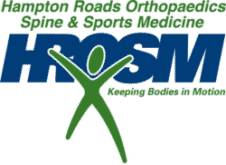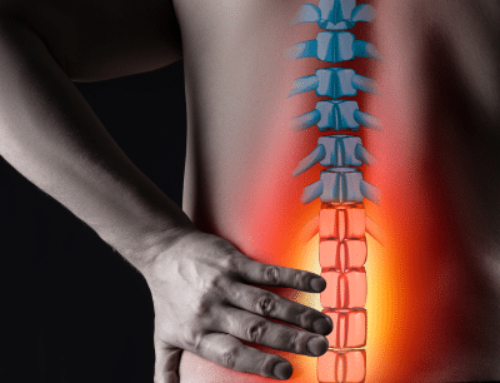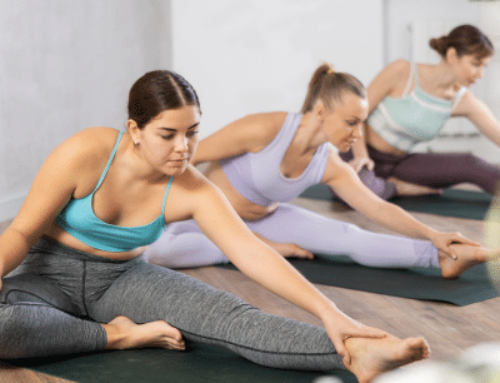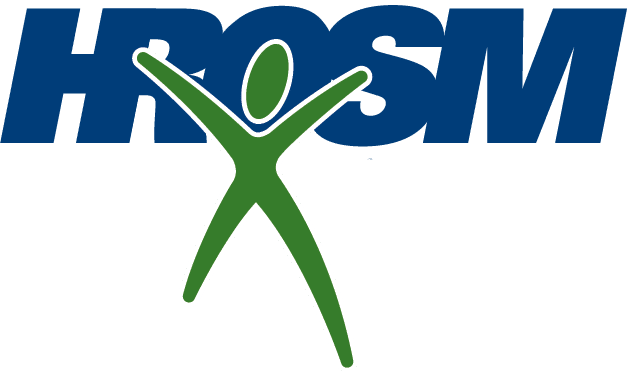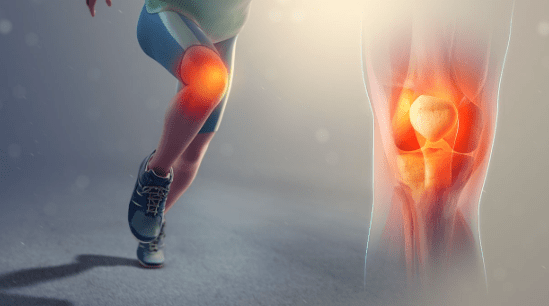 Your Anterior Cruciate Ligament (ACL) Reconstruction is complete, and you are progressing well through your physical therapy. Best of all, you are looking eagerly forward to getting back to the sports and activities you enjoy the most! Without a doubt, modern ACL reconstruction surgery techniques now result in much lower rates of re-rupture or injury. But most likely, you are not ready for mountain hiking or intense sports just yet. Hampton Roads Orthopaedics Spine & Sports Medicine physicians know that the most important factor in preventing ACL reinjury and returning safely to an active lifestyle is taking the necessary time to heal and gradually pace your return to activity.
Your Anterior Cruciate Ligament (ACL) Reconstruction is complete, and you are progressing well through your physical therapy. Best of all, you are looking eagerly forward to getting back to the sports and activities you enjoy the most! Without a doubt, modern ACL reconstruction surgery techniques now result in much lower rates of re-rupture or injury. But most likely, you are not ready for mountain hiking or intense sports just yet. Hampton Roads Orthopaedics Spine & Sports Medicine physicians know that the most important factor in preventing ACL reinjury and returning safely to an active lifestyle is taking the necessary time to heal and gradually pace your return to activity.
Age, prior activity level, and individual patient characteristics all figure into the healing process. Complete graft healing normally ranges from 8 to 12 months. Consistent effort in your physical therapy sessions will greatly improve your recovery. However, your muscles move based on signals from your brain, and because those signals have been interrupted, the neural pathways need time to mend through gradually increasing both the length and intensity of the workout. Even though you once ran, you need to allow your ACL and your body time to learn how to walk again.
As you work through this reactivation process, there are several other things you can do to improve your recovery and work toward preventing ACL reinjury:
- Build your balance – There are dozens of tiny muscles that work in harmony with our brains to ensure that we don’t fall over. Simple exercises such as balancing on one foot can help, but yoga offers a multitude of stretching and poses that increase both balance and flexibility. Check out a class!
- Strengthen the quadriceps – You’ve probably lost muscle mass while you’ve been healing, particularly in the affected leg. As you return to activity, work to equalize the strength in both legs – more reps, less weight in the affected leg – to help provide additional support and protection for the knees.
- Avoid competition – Make your return to activity a gradual easing. Sticking to warm-ups and skill drills and avoiding too much too soon will give your body and your mind a chance to fully recover and build your confidence in your newly healed knee.
- Make warm-ups a routine – Those stretches and muscle activation exercises aren’t just for recovery. Now that they are a habit, make them part of your exercise routine. Warm-ups are one of the best ways to avoid strains and injuries.
With a little patience and some focused effort, you’ll be safely back to fully enjoying your active lifestyle. HROSM orthopaedic surgeons provide comprehensive treatment plans, from diagnosis, to surgery, to post surgical healing and physical therapy, that is designed to get you back to doing what you love. Contact us for an appointment with one of our dedicated orthopaedic professionals. We can’t wait to hear from you!
